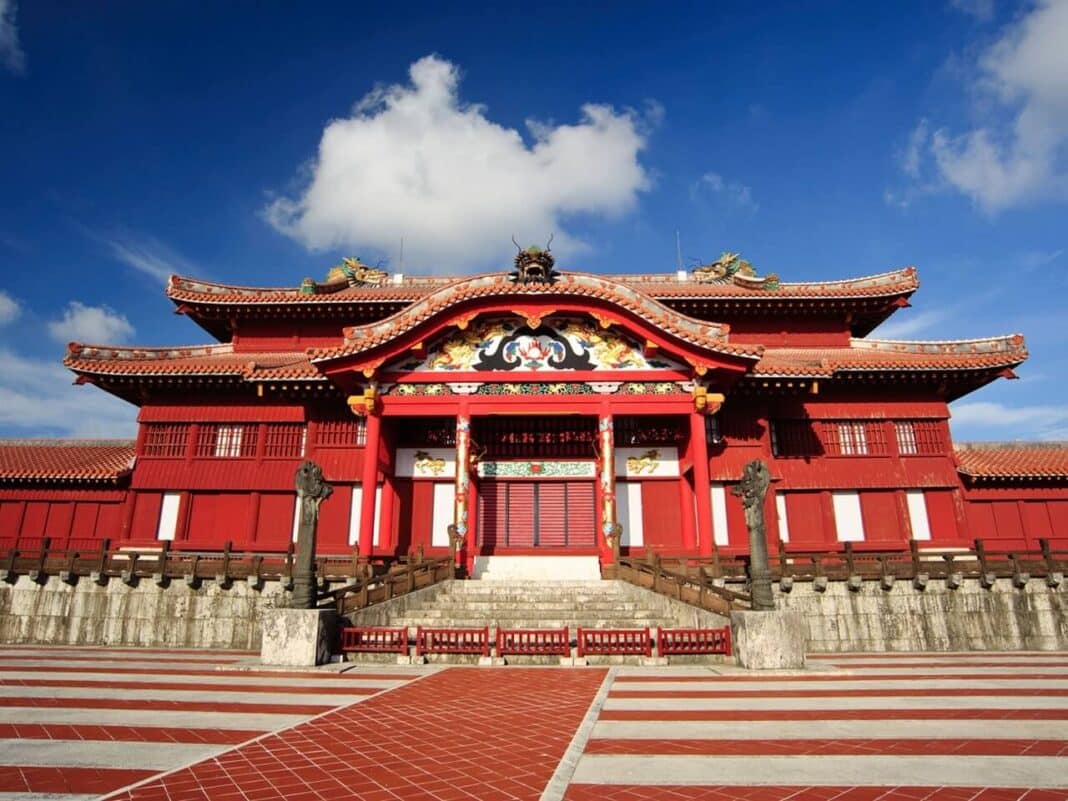Taiwan will donate five red cypress trees to assist Japan with the total reconstruction of the historic Shuri Castle in Naha, Okinawa Prefecture.
In a mark of friendship between the nations, Taiwan will provide the trees as a gesture of thanks after Japan donated 4.2 million doses of COVID-19 vaccines, according to the Taiwanese Foreign Ministry.
The castle was razed to the ground by a fire
At least seven buildings, including the main structure at the UNESCO World Heritage Site, burned down in October 2019.
The BBC reported firefighters battled flames for over 10 hours with the wooden Castle, built 500 years ago, completely restored after World War Two.
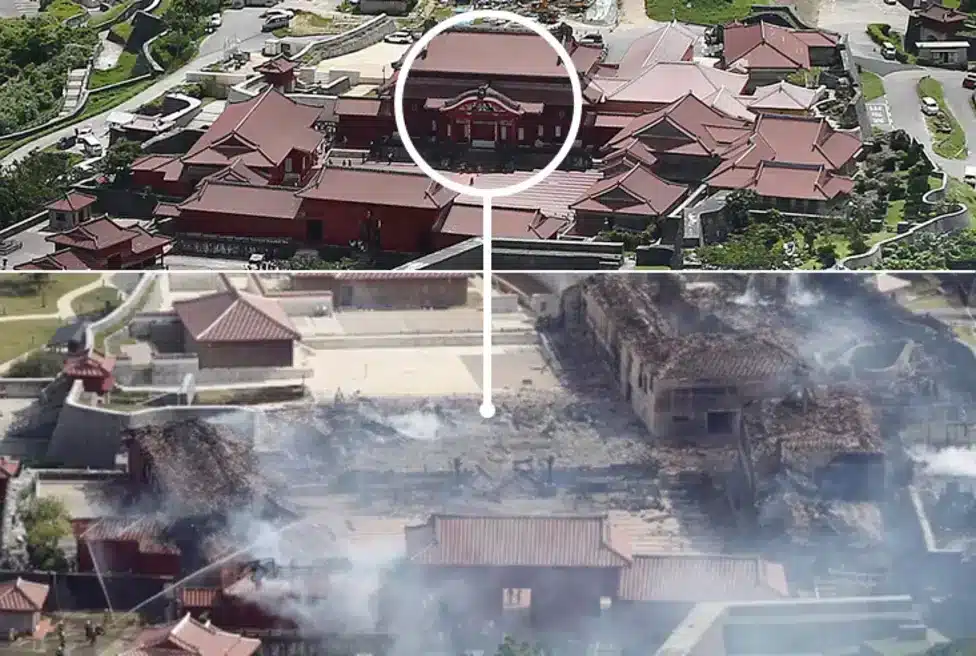
“The many wooden structures and the [recently reapplied] lacquer may have also had an effect,” an unidentified officer told the Asahi Shimbun newspaper at the time of the fire.
Once the Ryukyu dynasty’s seat, Shuri Castle sits on top of a hill overlooking the city of Naha – Okinawa’s capital – surrounded by curved stone walls.
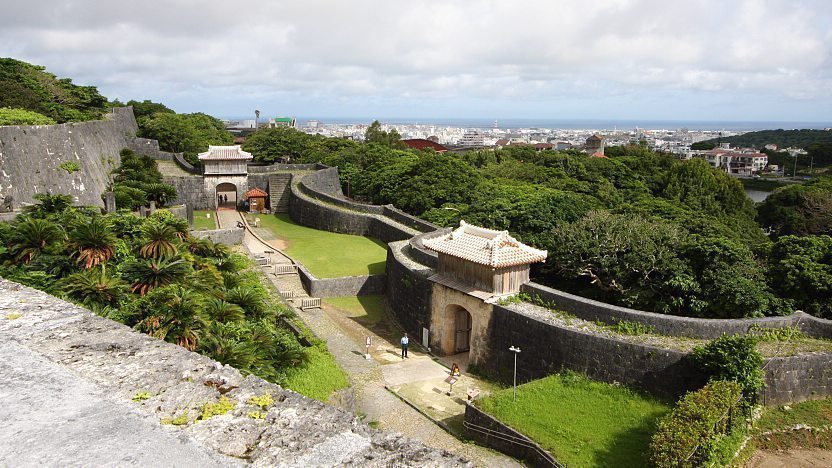
One resident said the Castle was “god-like”.
“To us, the Shuri Castle is a god-like existence,” 84-year-old Toyoko Miyazato told the Asahi Shimbun. “I am so sad I don’t know what to say.”
In the years after the fire, parts of the Castle were recreated using 3D printing
In the months after the fire, Google Arts & Culture and the Okinawa government launched a digital project called Reconstructing Shurijo Castle.
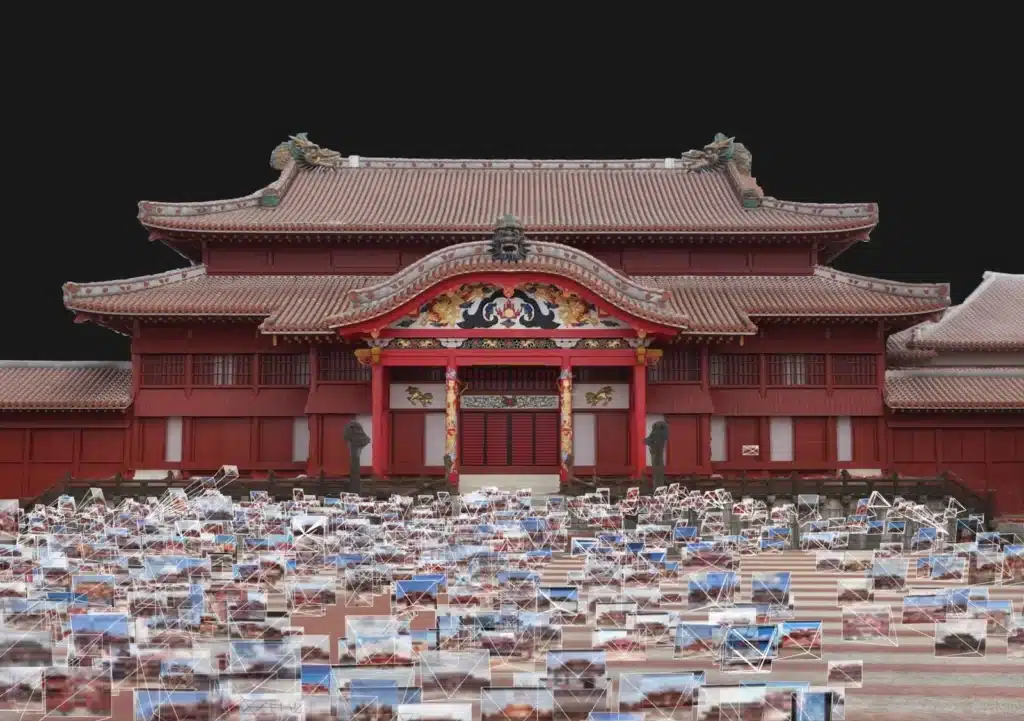
The project involved 3D reconstructed models of Seiden Temple, the main temple of Shurijo Castle.
The model was built by engineers, students and computer vision and VR researchers.
They collected 80,000 photos shared by 3,000 people across the globe who wanted to see the digital reconstruction of this beloved site and preserve the legacy of Ryukyu culture for generations to come.
The total rebuild commenced in November 2022
Last year, the reconstruction of the Castle commenced three years to the day after the fire destroyed the tourist destination.
In 2020, the Japanese Times reported on the rebuild’s obstacles – which included securing the wood, the ownership of Shuri Castle and revision of a city revitalization plan that consists of the area around the site.
Japan had previously requested that timber be donated from Taiwan plantations, as the original Castle was built with Taiwanese cypress.
Taiwan has long banned harvesting in natural forest areas, with its plantations managed by the Forestry and Nature Conservation Agency.
The Taiwanese agreed to donate five thinned red cypress logs from 2020 to Japan in compliance with regulations governing exports of forest products.
In 2020, Taiwan’s plantations produced 256.98 cubic metres of red cypress, and the five logs donated to Japan would total about 3.86 cubic metres (14% of the 2020 harvest).
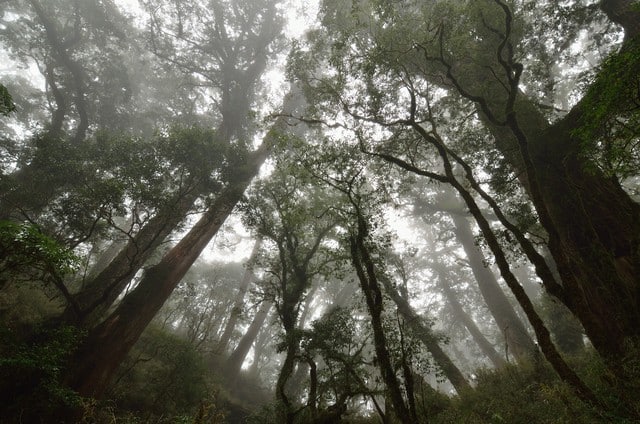
The Taiwan-Japan Relations Association and the Japan-Taiwan Exchange Association will now sign a donation agreement, after which Japan will apply to the agency for a document of approval to export the timber and complete the customs declaration process.
In December 2019, the Taiwanese government donated ¥3.5 million (US$24,519), and the Ryukyu Overseas Chinese Association based in Okinawa donated ¥2 million to help rebuild Shuri Castle.
The current Castle was rebuilt and opened to the public in 1992.
It was registered as a World Heritage site in 2000 and was the site for the Okinawa Summit in the same year, appearing in commemorative 2000-yen notes.
From Ryukyu to Japan, war to peace – Shuri Castle has been there through everything and was a symbol of identity for the Okinawa people.
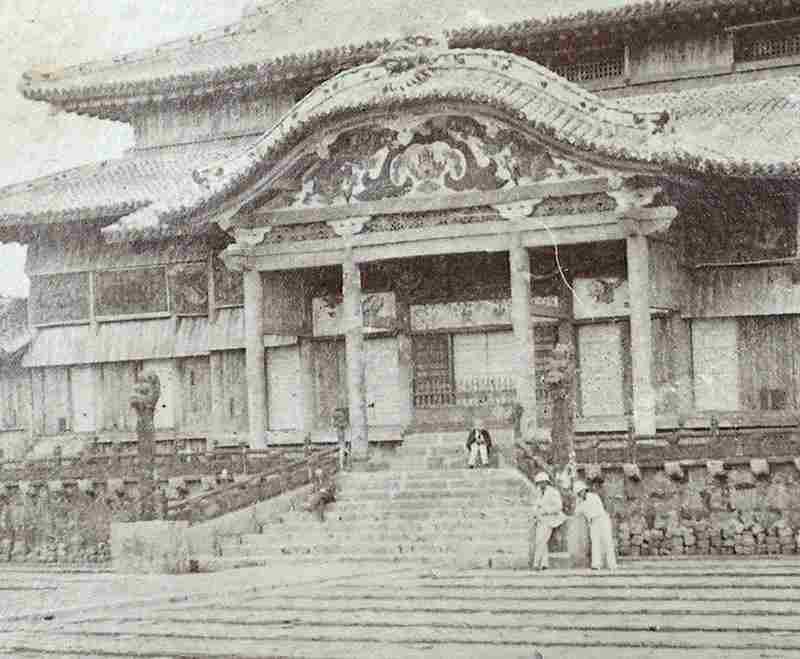
Those who lived through the end of WW2 in Okinawa have witnessed the Castle burn twice in their lifetime



